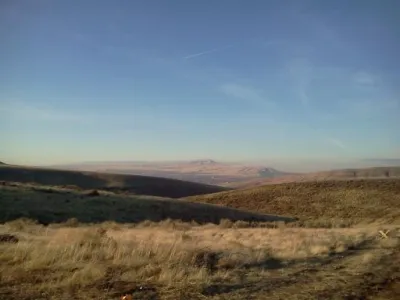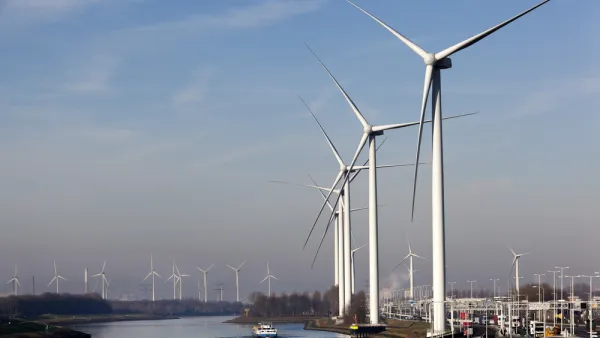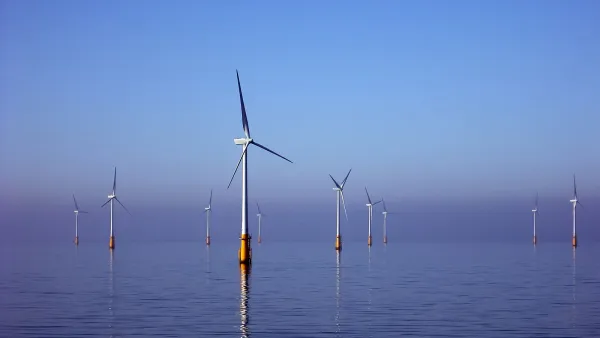Tribal communities claim that a major wind energy project threatens sensitive cultural and environmental resources.

A group of tribal communities in Washington state is suing to stop a massive wind energy project, “alleging that the decision-making process sidestepped state law and failed to mitigate potential damage to the tribe’s treaty-protected natural and cultural resources.”
As Natalia Mesa explains in High Country News, the project, which includes three solar arrays and over 200 wind turbines, extends into Yakama ceremonial sites and historically and culturally important areas. “Development would also impact the natural habitat of pronghorn and ferruginous hawks, a threatened species featured prominently in Yakama Nation ceremonies.”
The proposal has gone through several iterations after the state’s Energy Facility Site Evaluation Council (EFSEC) recommended that the developer downsize the project and take steps to mitigate any potential harms. “Tri-Cities C.A.R.E.S., a group of homeowners, and Benton County also filed lawsuits. The lawsuits are separate but similar, and they cite different concerns: Tri-Cities C.A.R.E.S. sued mainly to protect homeowners’ viewshed and property values, while Benton County contends that the project would significantly disrupt the area’s agricultural industry.”
The controversy highlights a flaw in the state’s permitting system, which doesn’t call for public and tribal consultation until after a project proposal is submitted. “Audubon, tribes and other stakeholders are currently in talks with developers and state officials, pushing for a new approach that requires consultation with tribes and local governments before projects are approved. Instead of having developers submit plans, tribal nations and local governments would establish “build-ready” sites — sites that are pre-vetted for clean energy buildout.”
FULL STORY: Tribes sue after massive wind farm in Washington gets green light

National Parks Layoffs Will Cause Communities to Lose Billions
Thousands of essential park workers were laid off this week, just before the busy spring break season.

Retro-silient?: America’s First “Eco-burb,” The Woodlands Turns 50
A master-planned community north of Houston offers lessons on green infrastructure and resilient design, but falls short of its founder’s lofty affordability and walkability goals.

Delivering for America Plan Will Downgrade Mail Service in at Least 49.5 Percent of Zip Codes
Republican and Democrat lawmakers criticize the plan for its disproportionate negative impact on rural communities.

Test News Post 1
This is a summary

Test News Headline 46
Test for the image on the front page.

Balancing Bombs and Butterflies: How the National Guard Protects a Rare Species
The National Guard at Fort Indiantown Gap uses GIS technology and land management strategies to balance military training with conservation efforts, ensuring the survival of the rare eastern regal fritillary butterfly.
Urban Design for Planners 1: Software Tools
This six-course series explores essential urban design concepts using open source software and equips planners with the tools they need to participate fully in the urban design process.
Planning for Universal Design
Learn the tools for implementing Universal Design in planning regulations.
EMC Planning Group, Inc.
Planetizen
Planetizen
Mpact (formerly Rail~Volution)
Great Falls Development Authority, Inc.
HUDs Office of Policy Development and Research
NYU Wagner Graduate School of Public Service





























